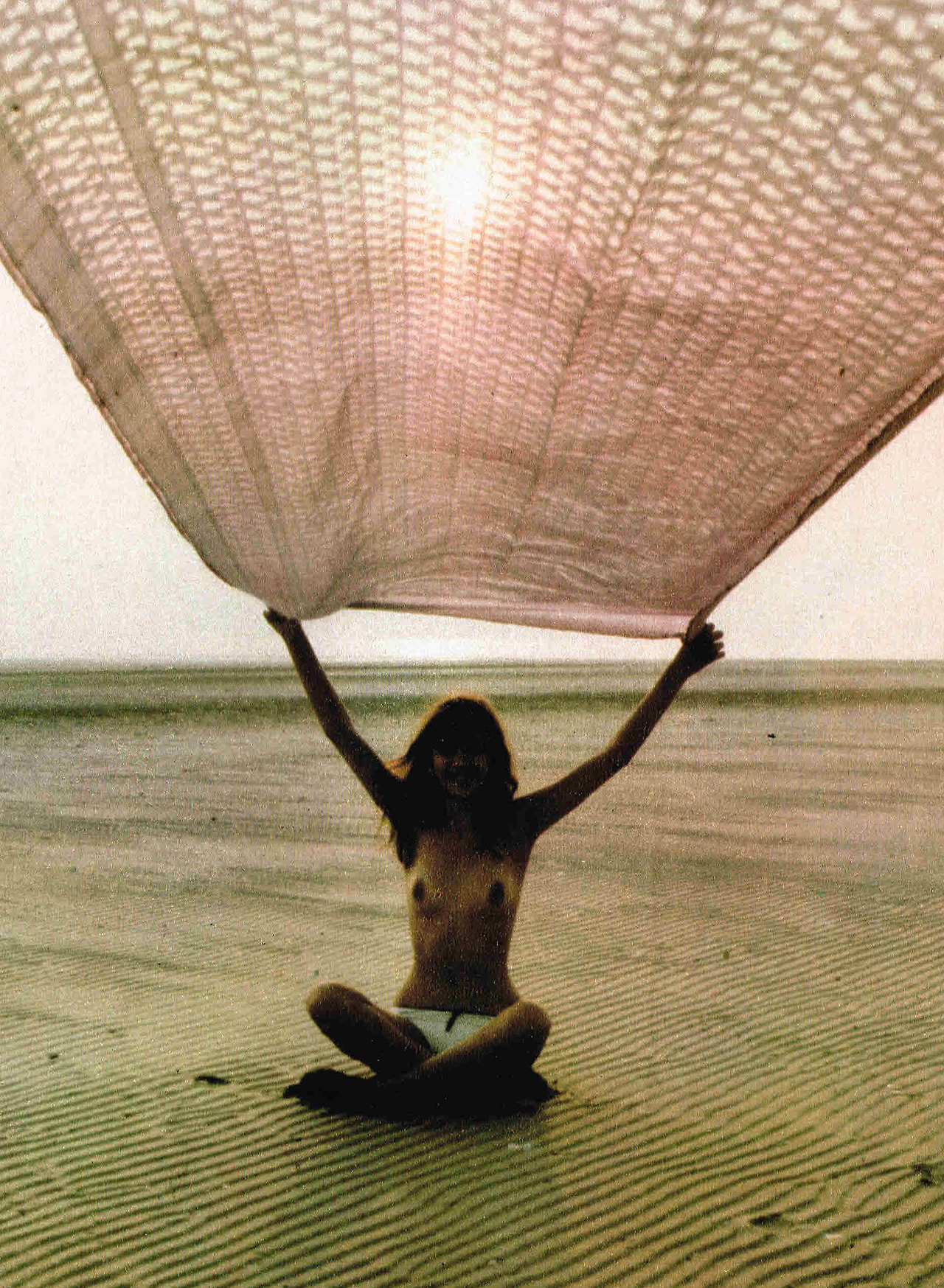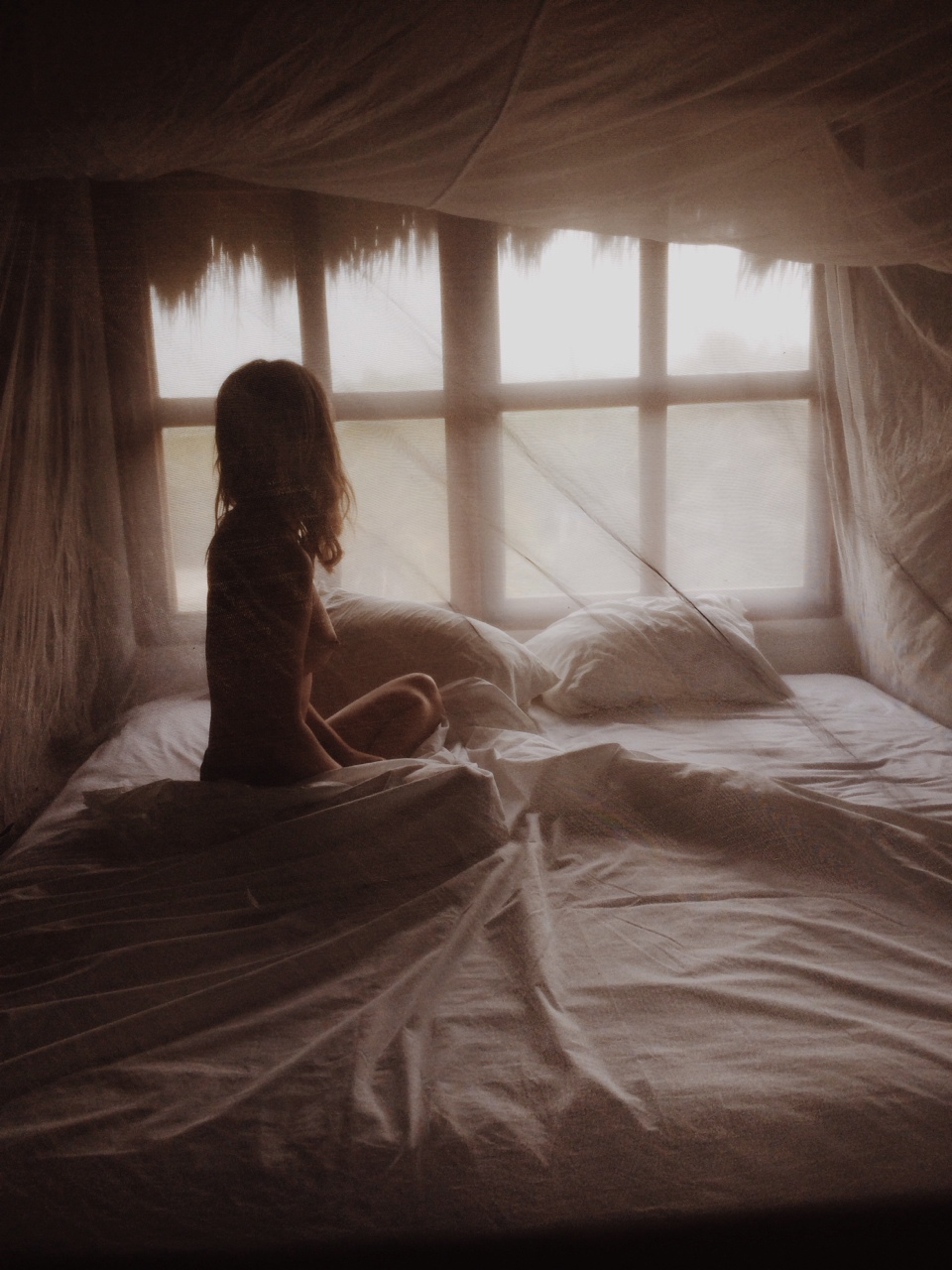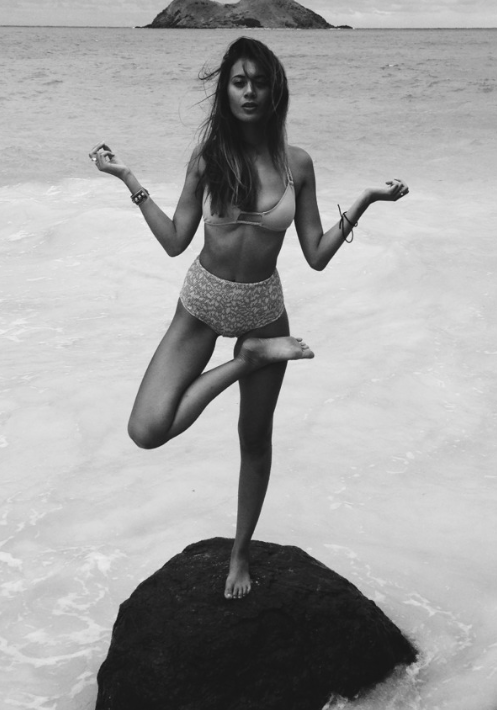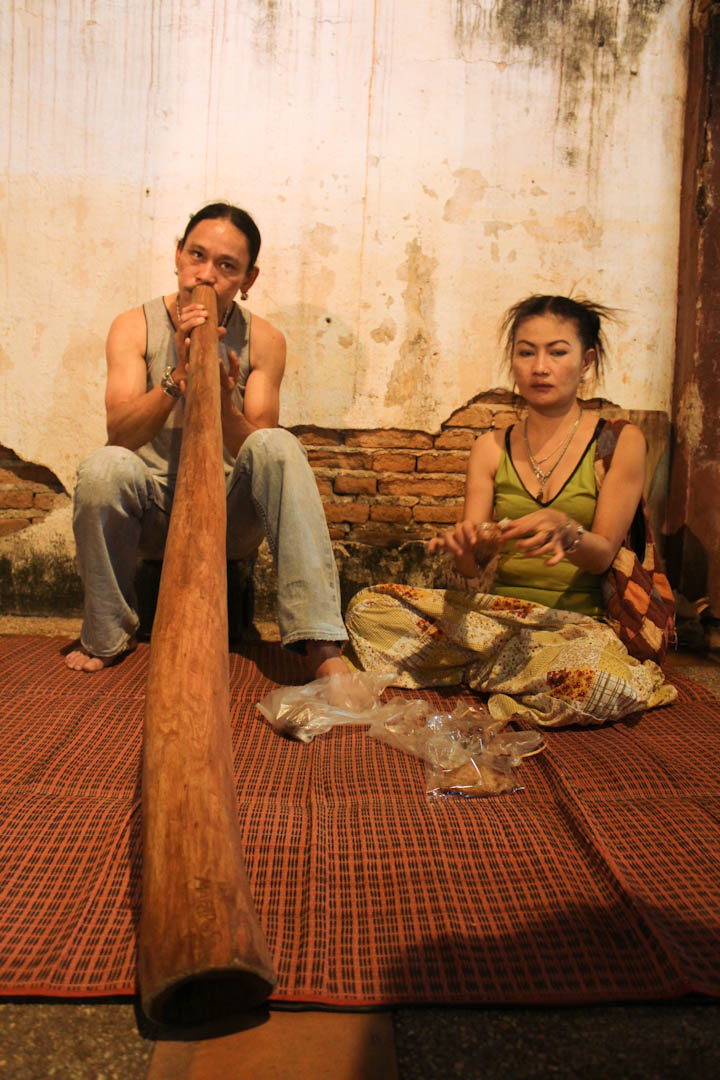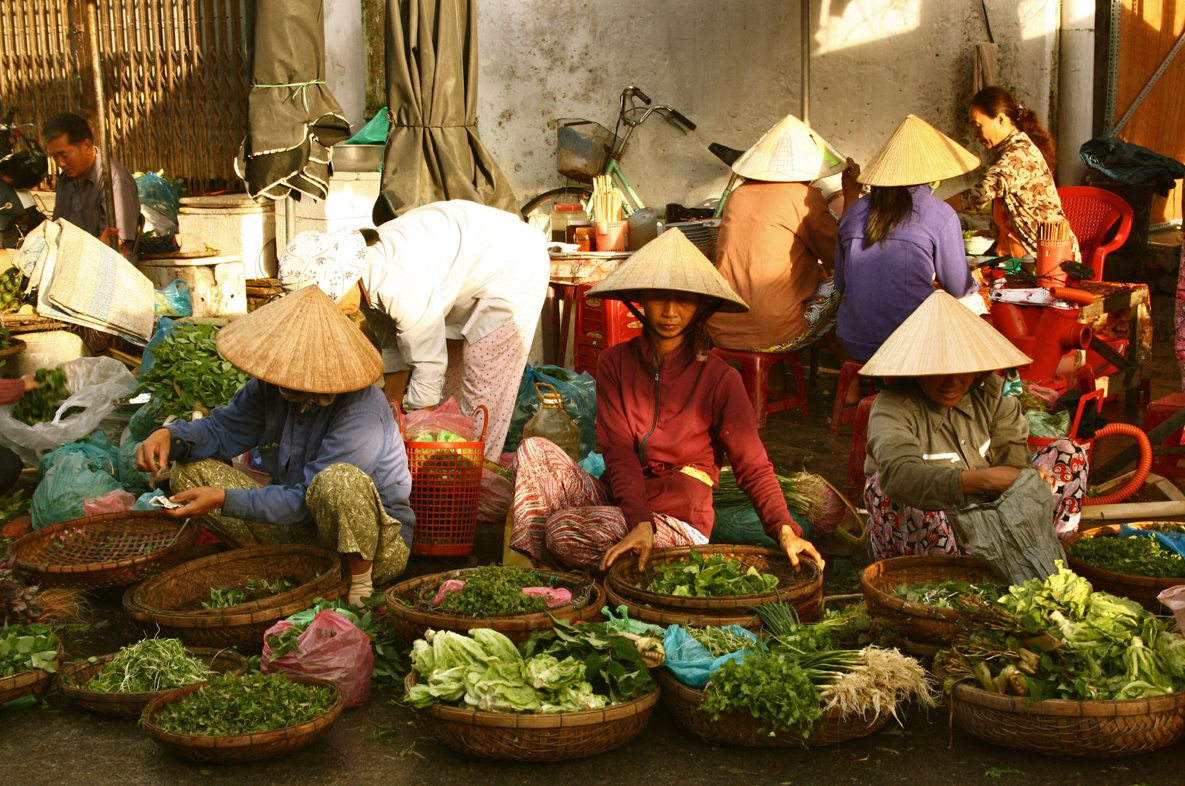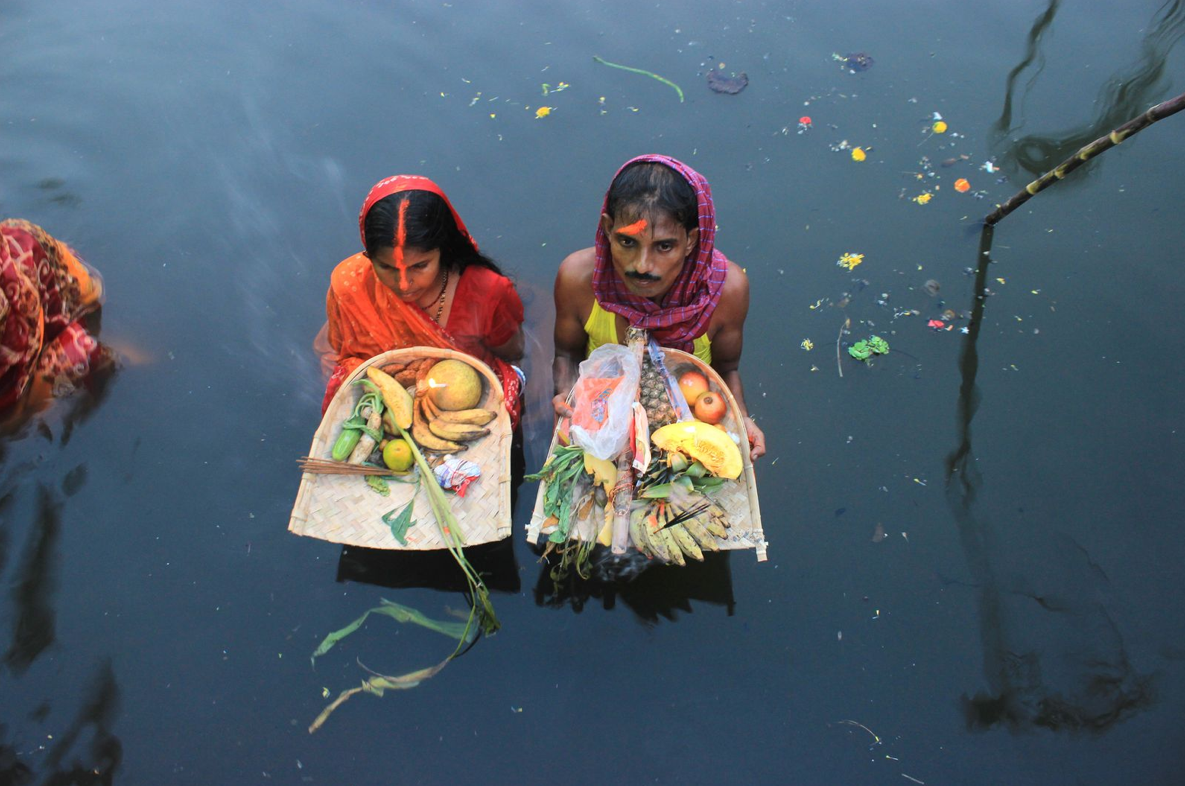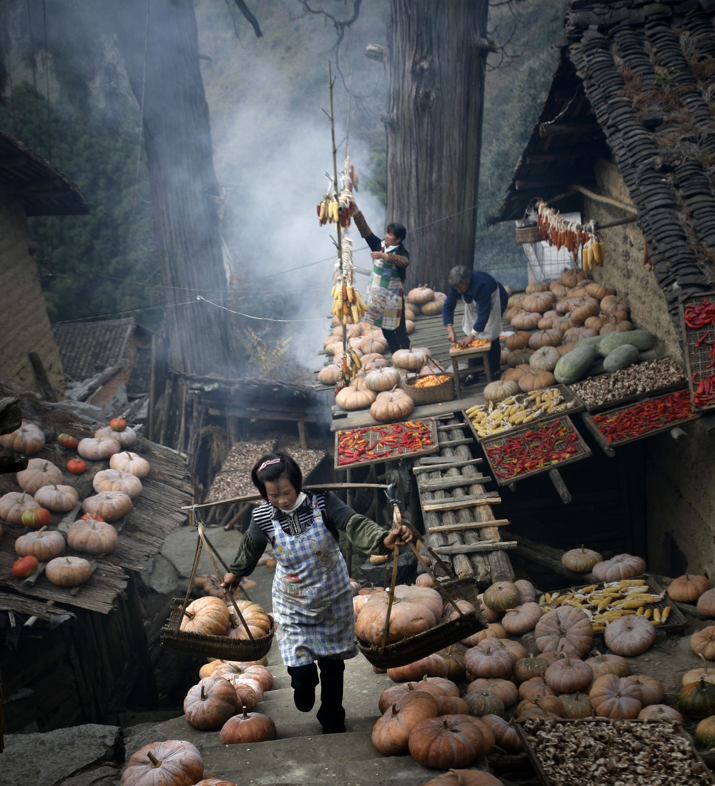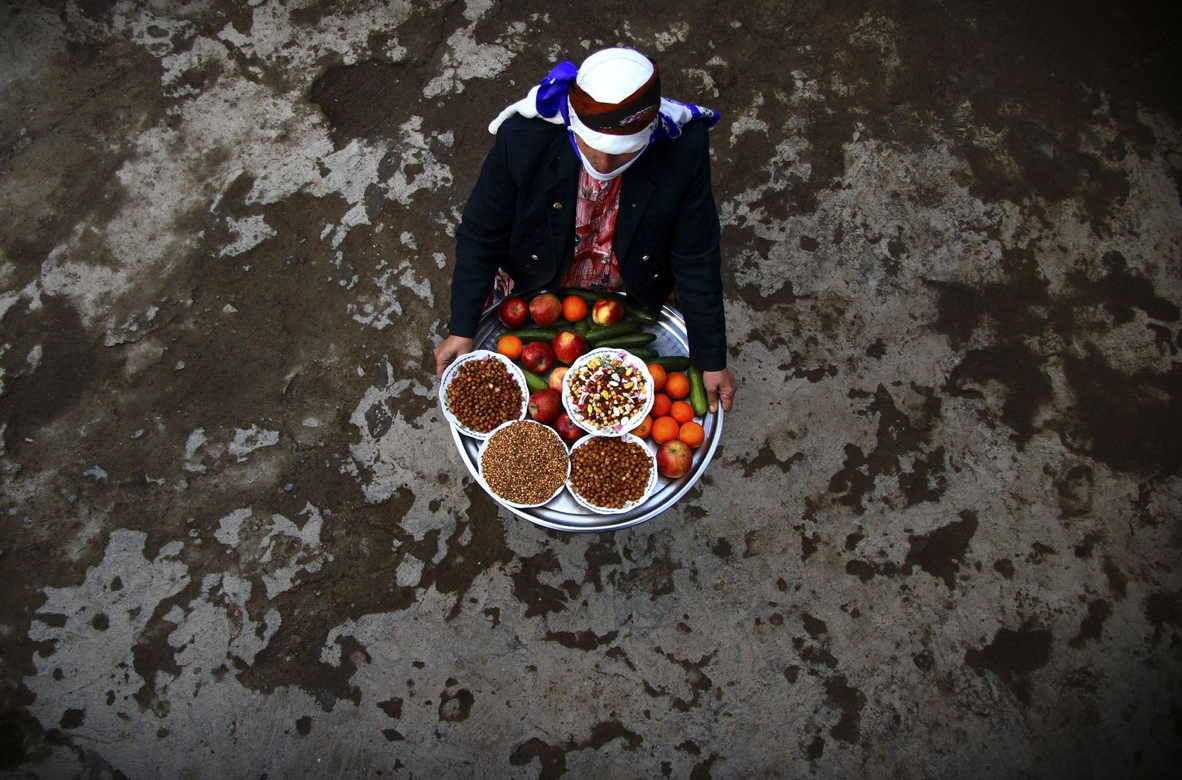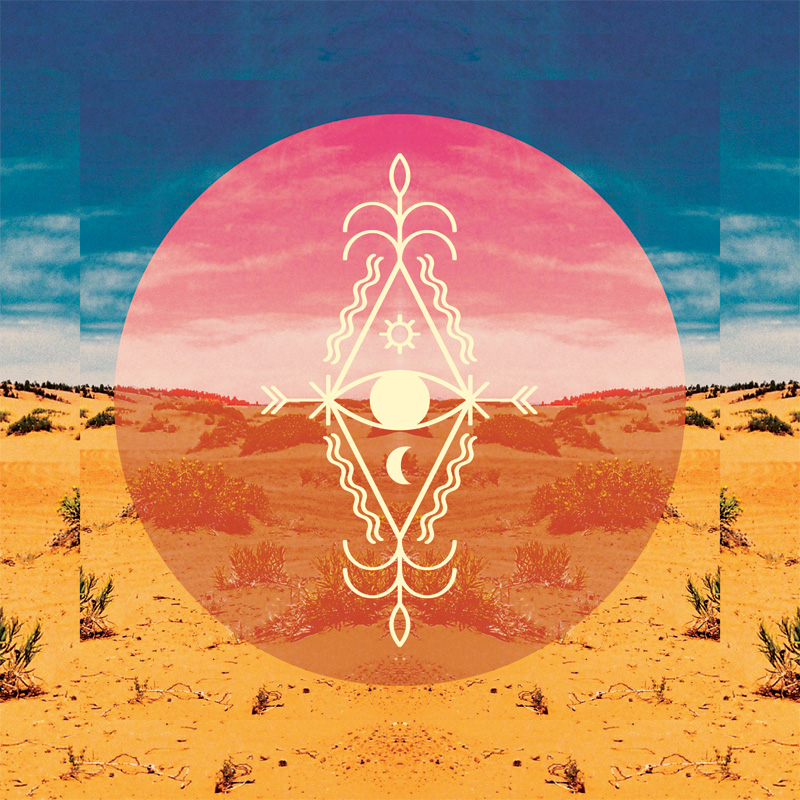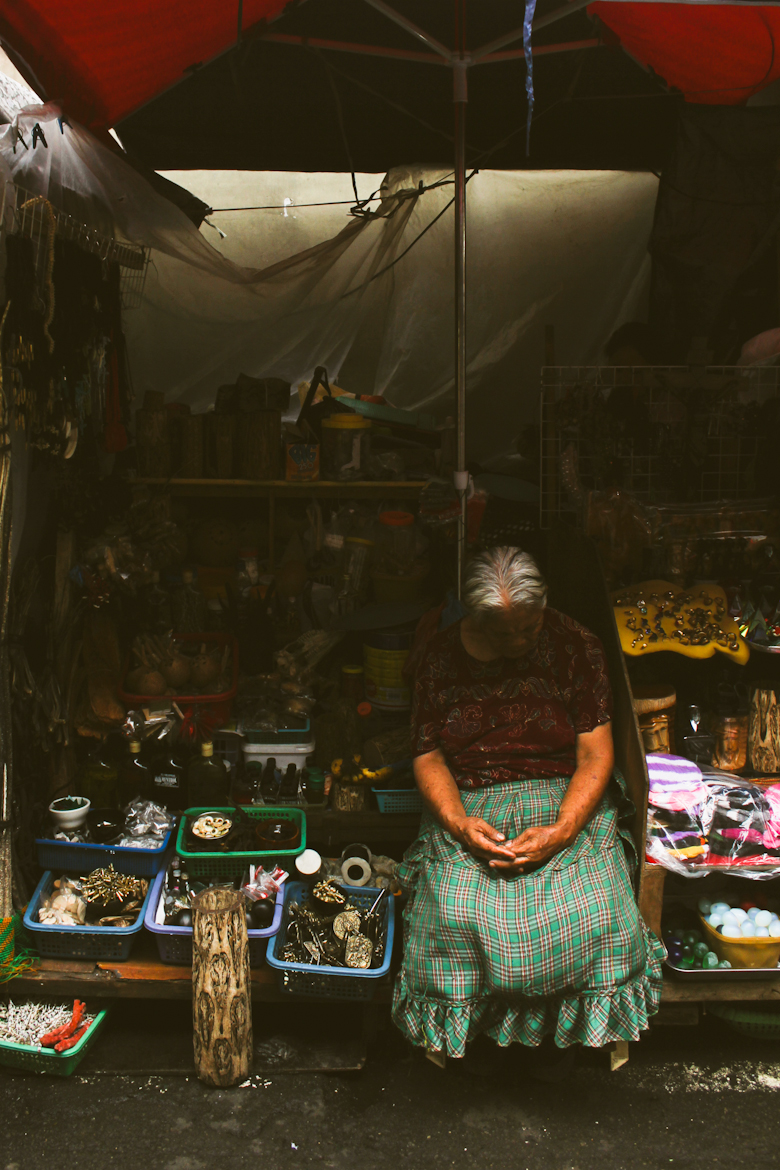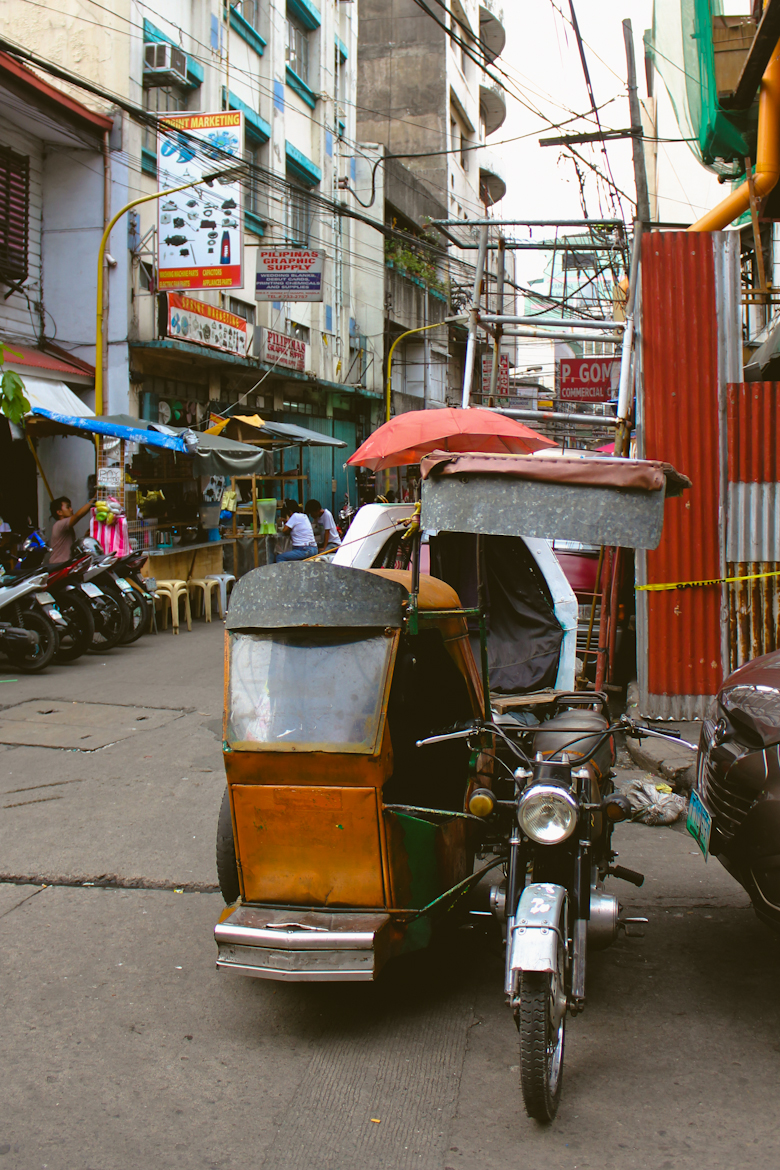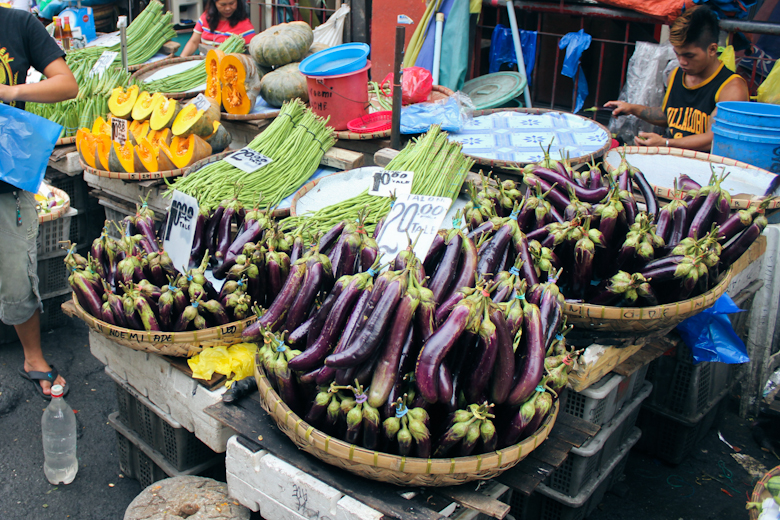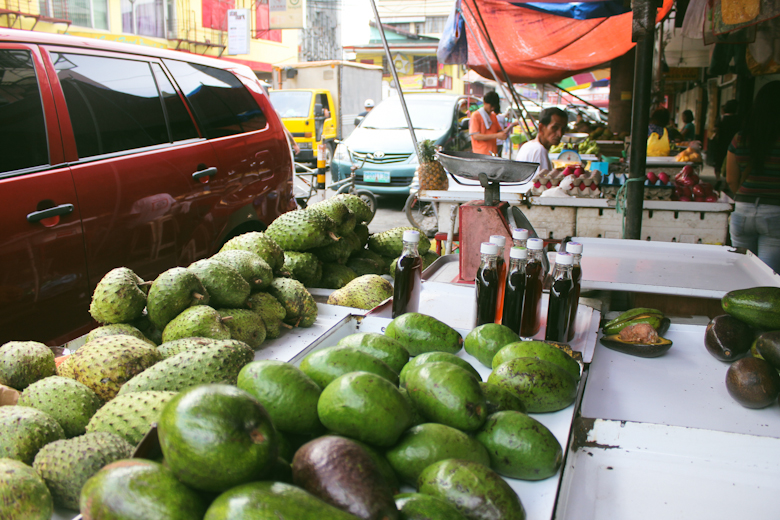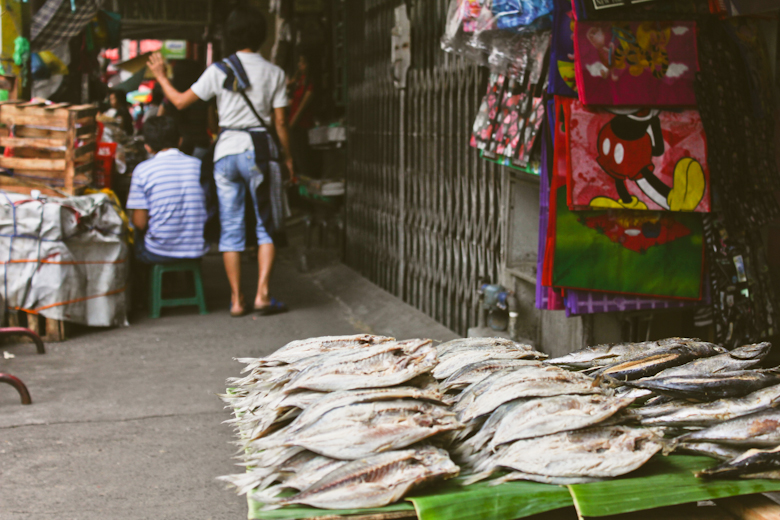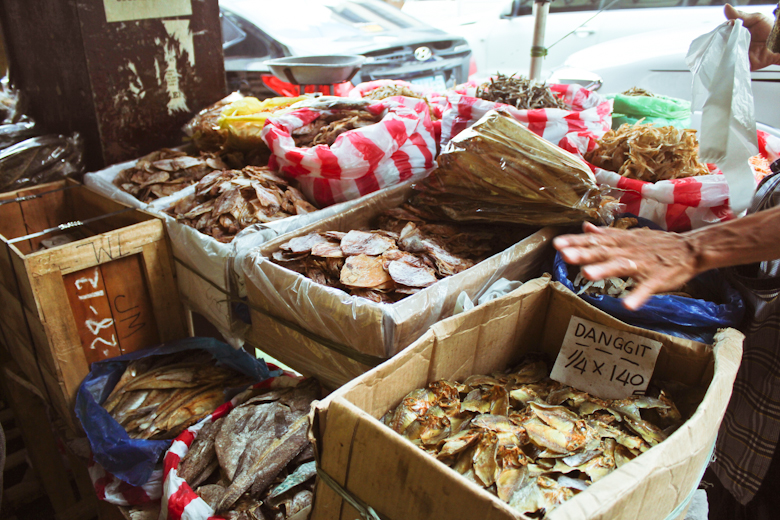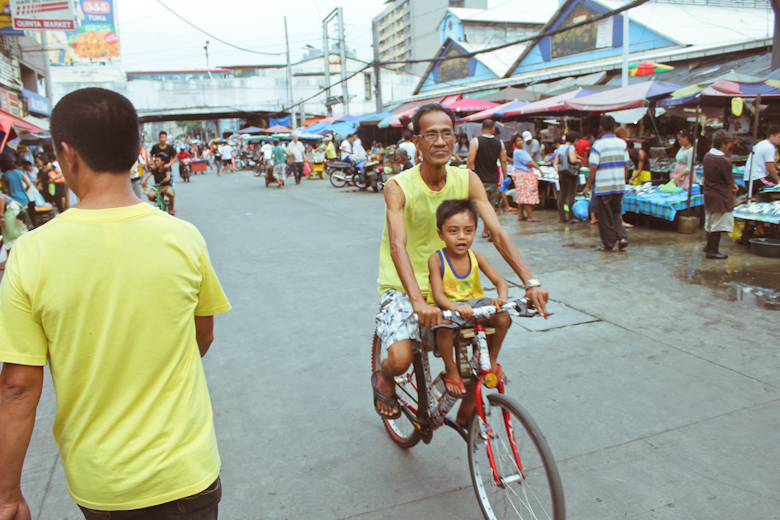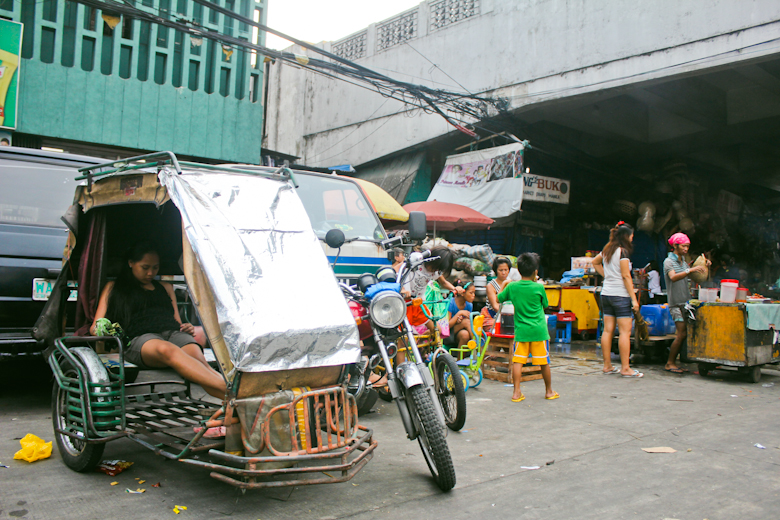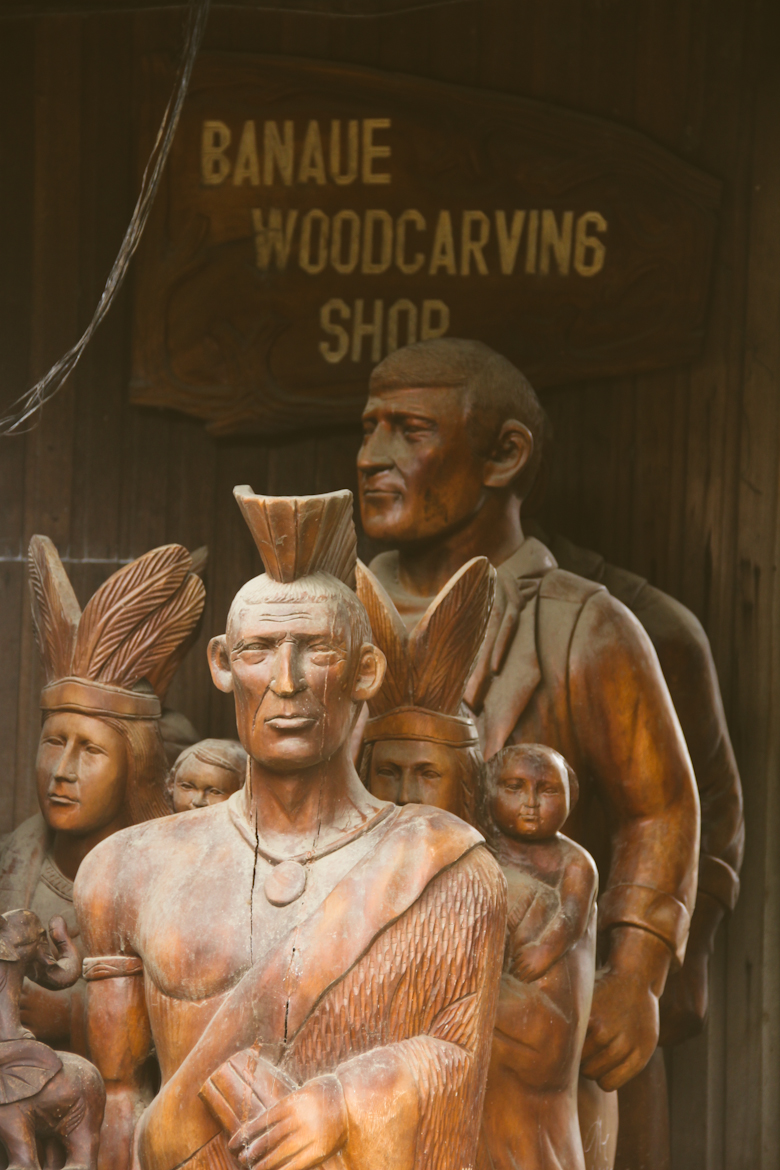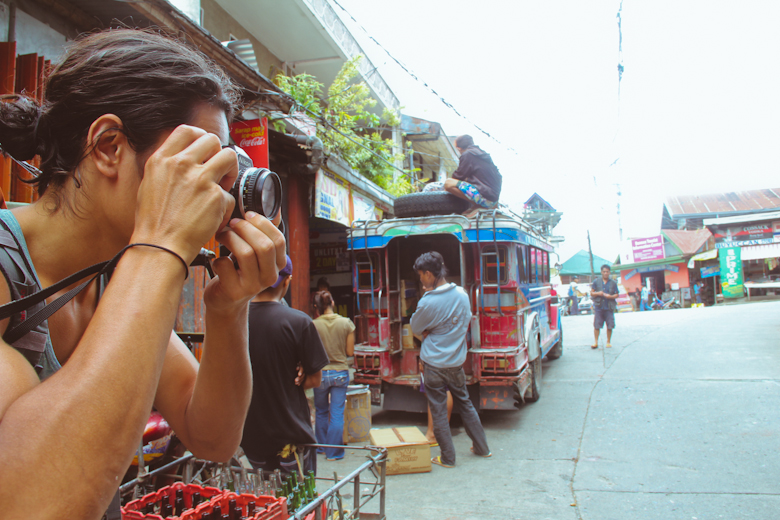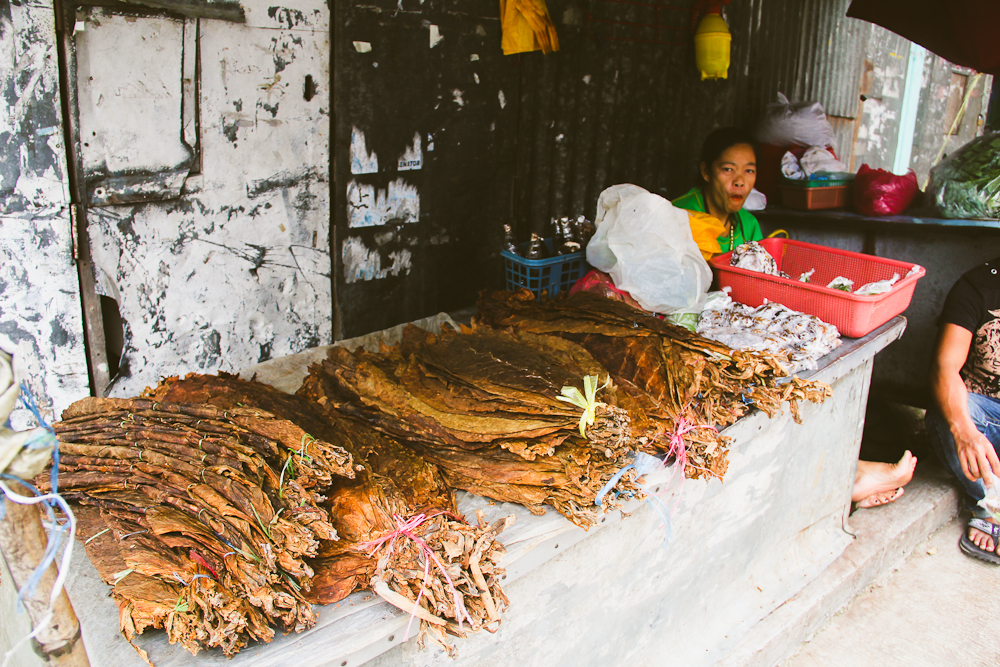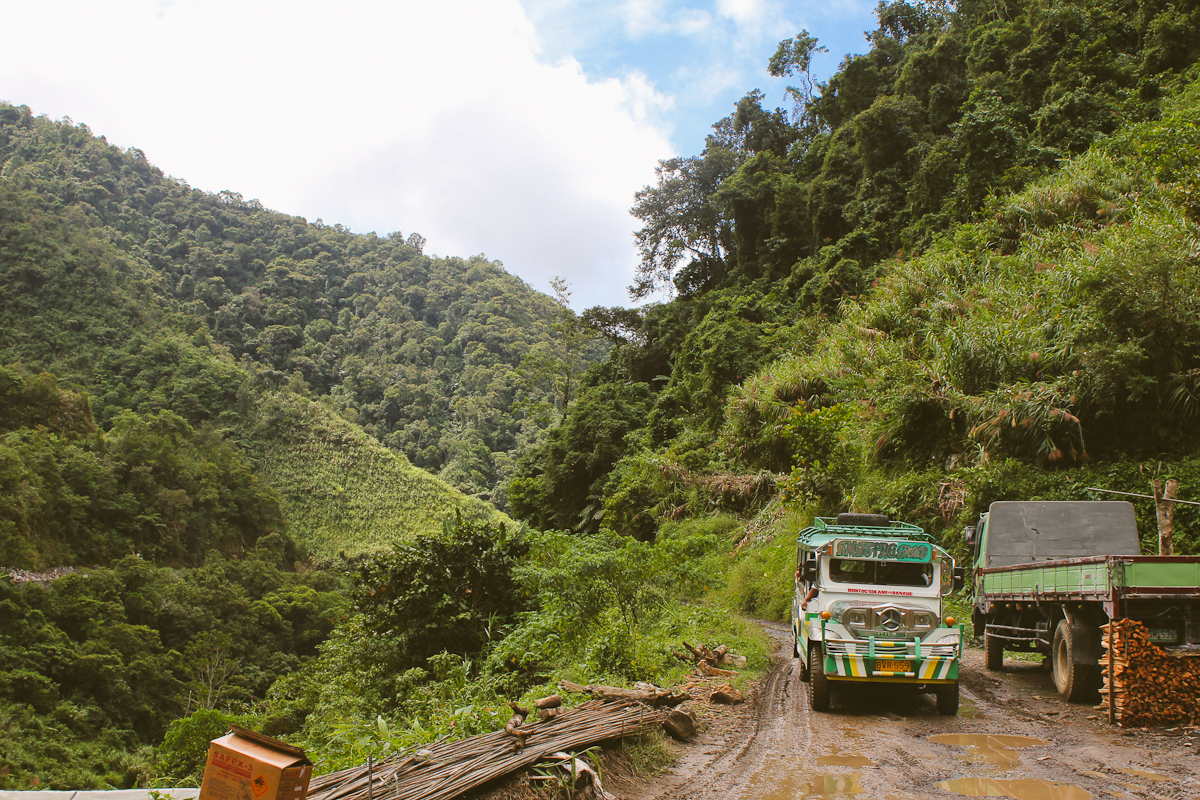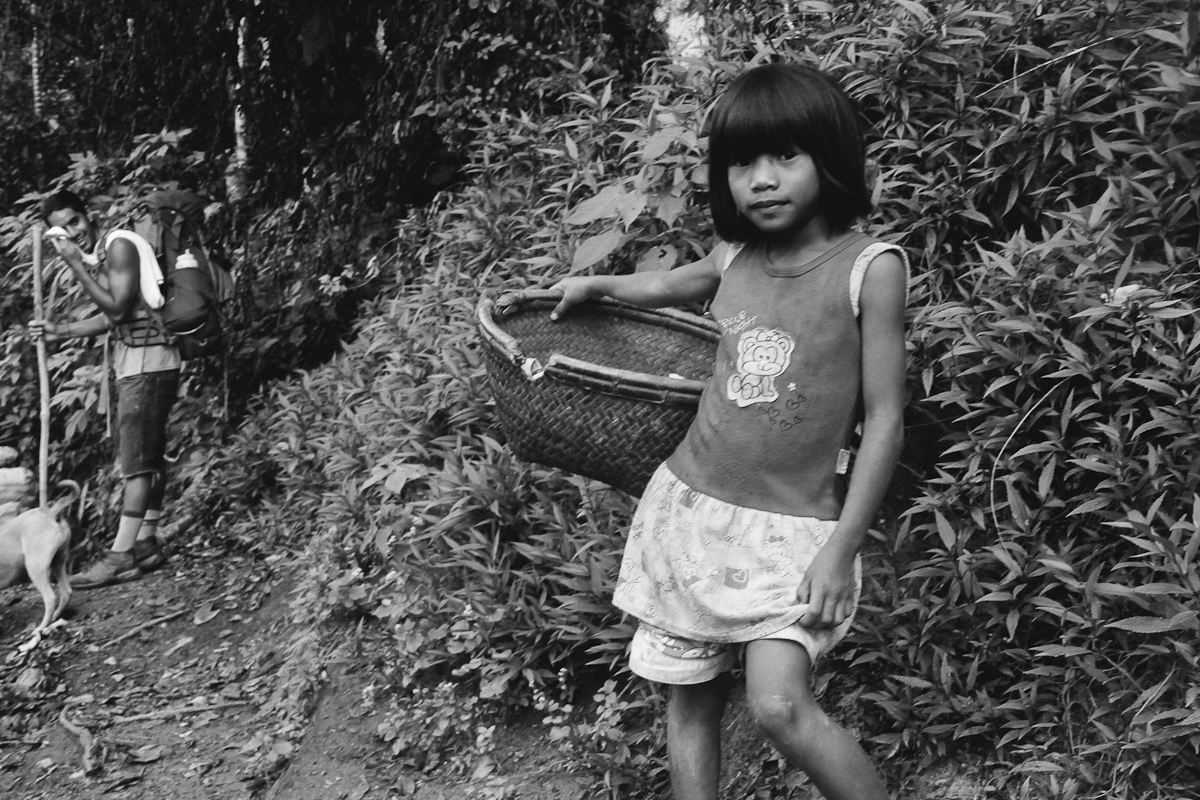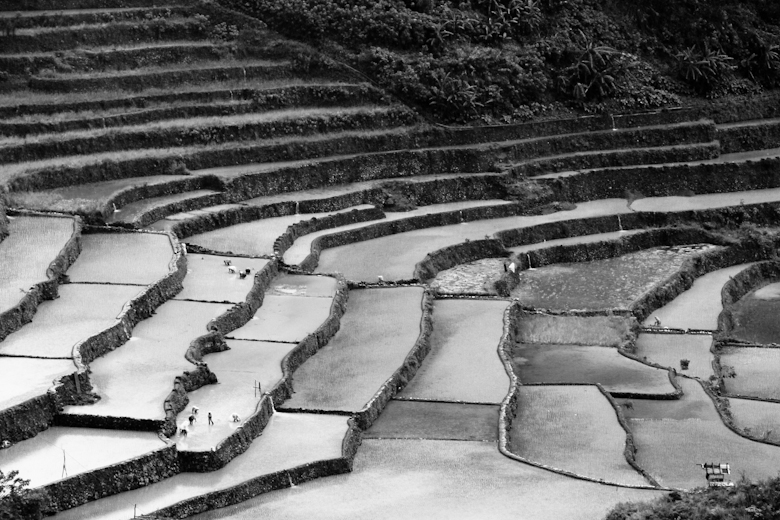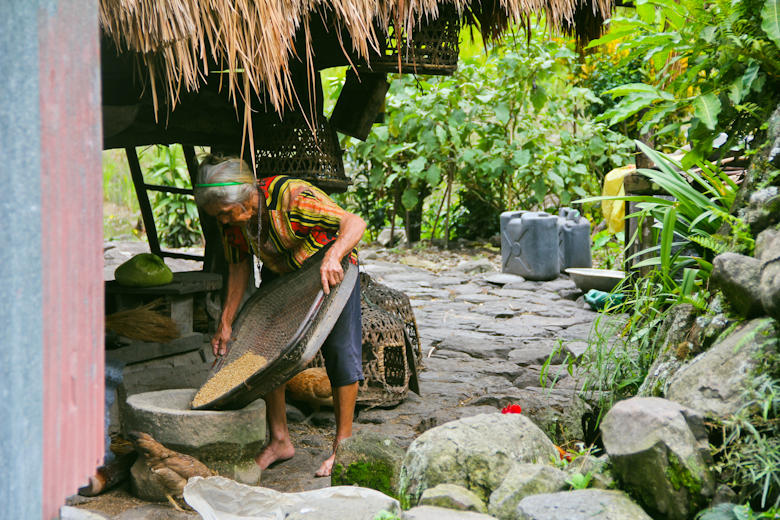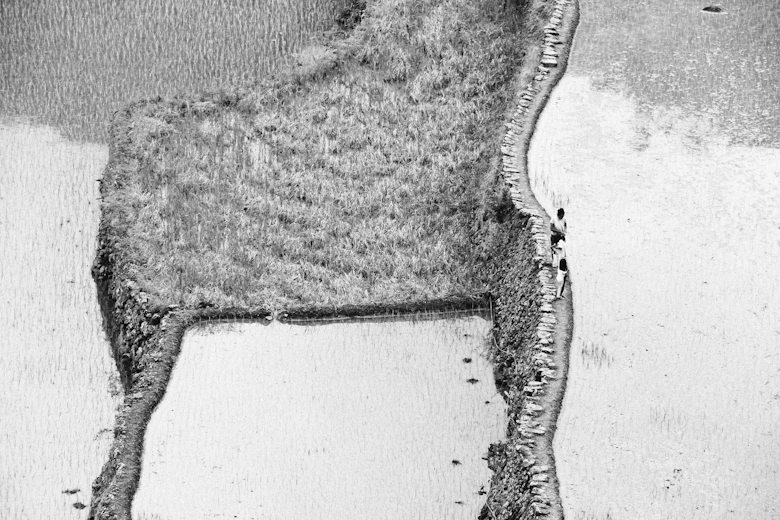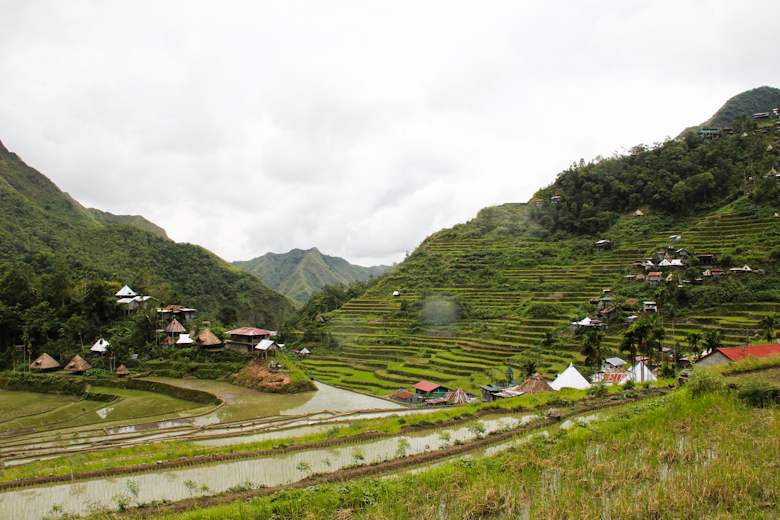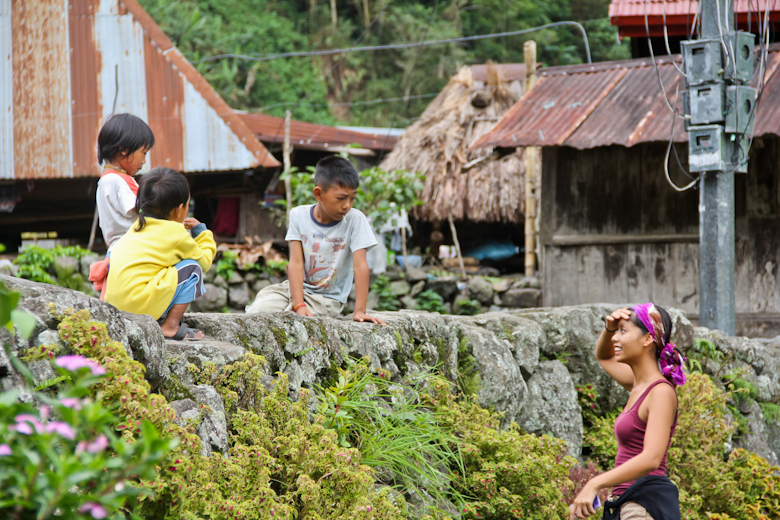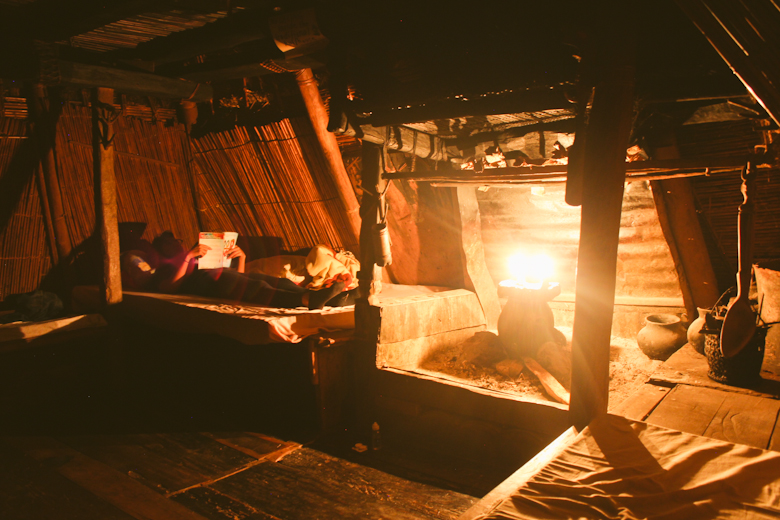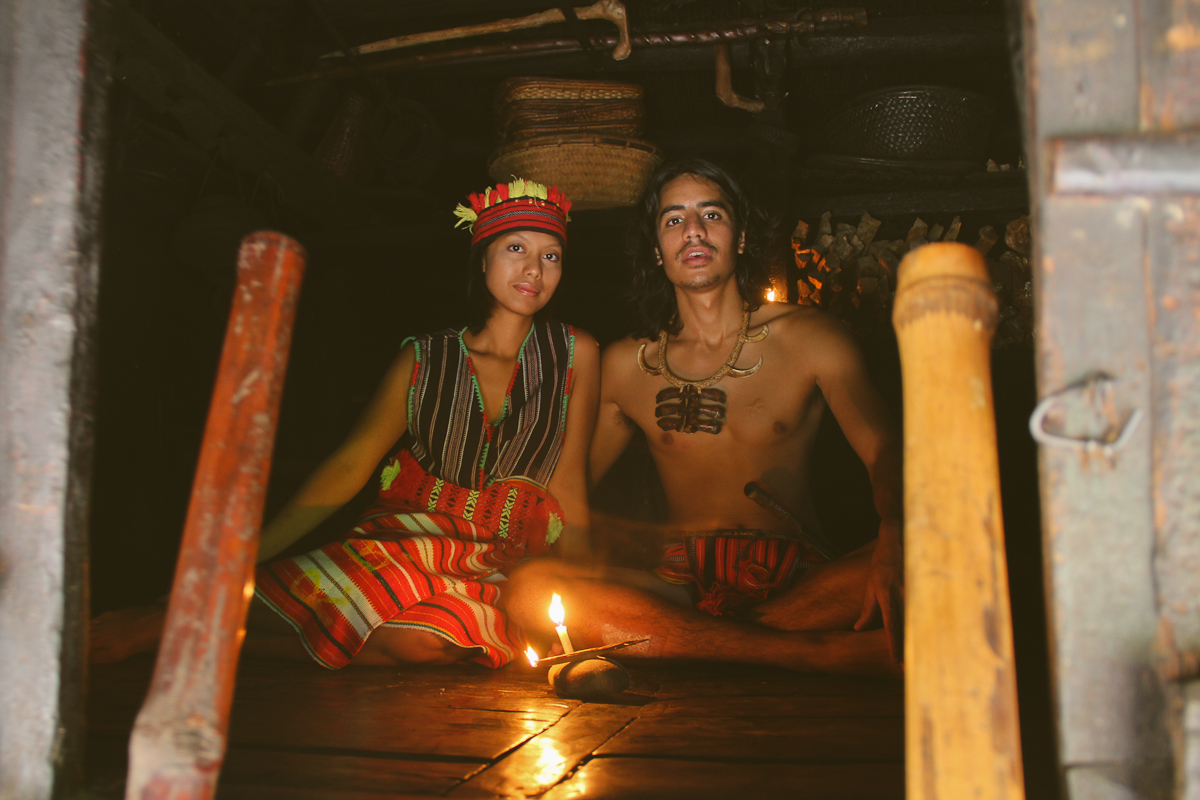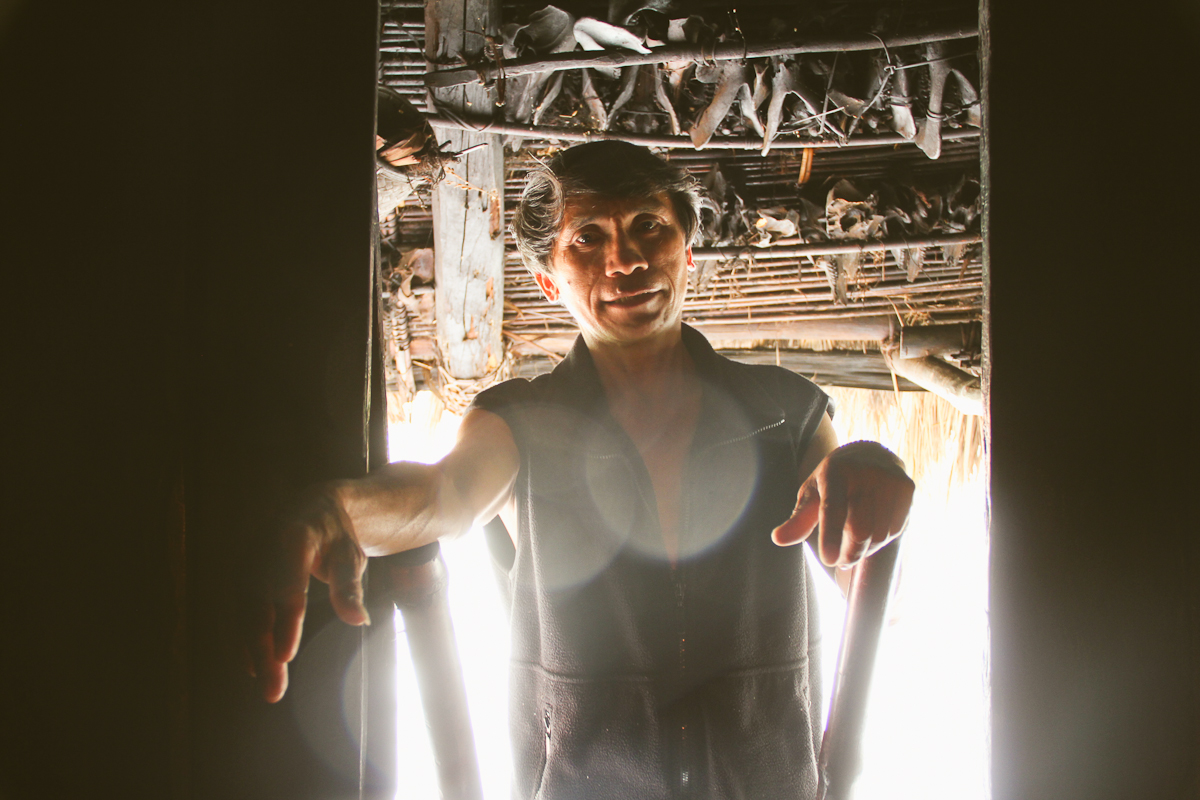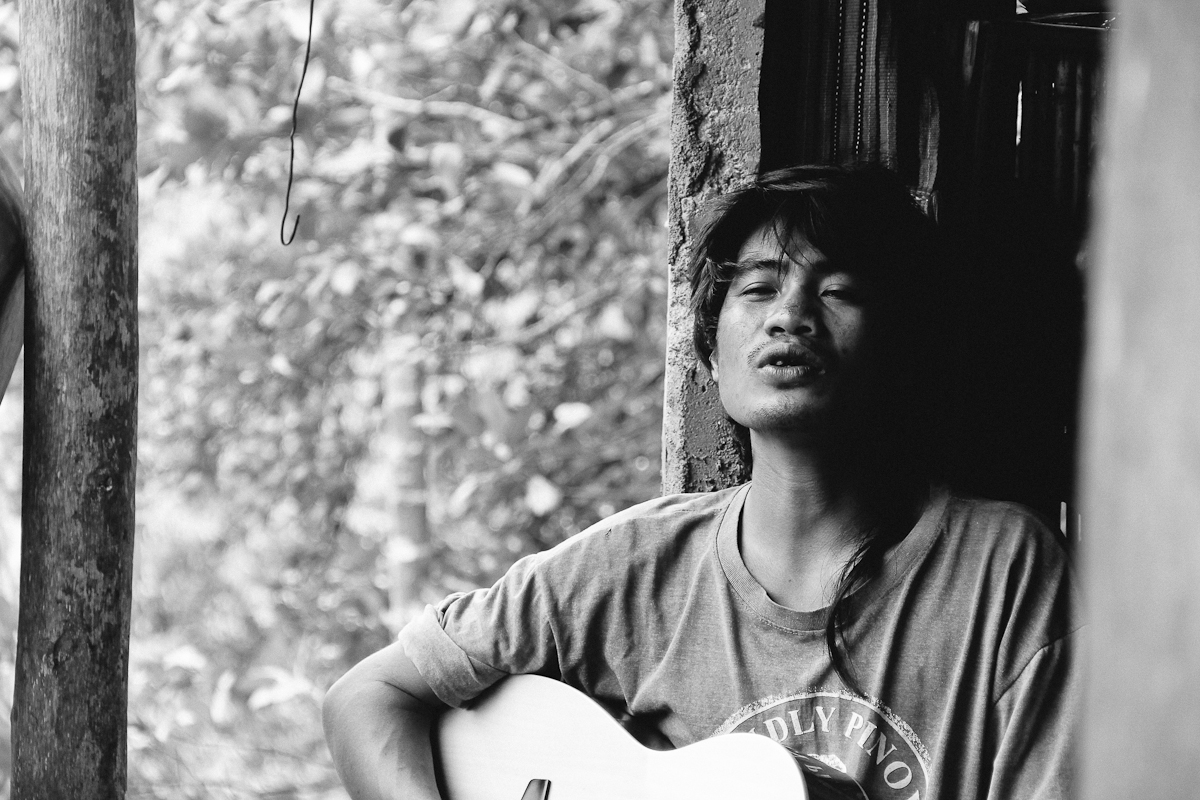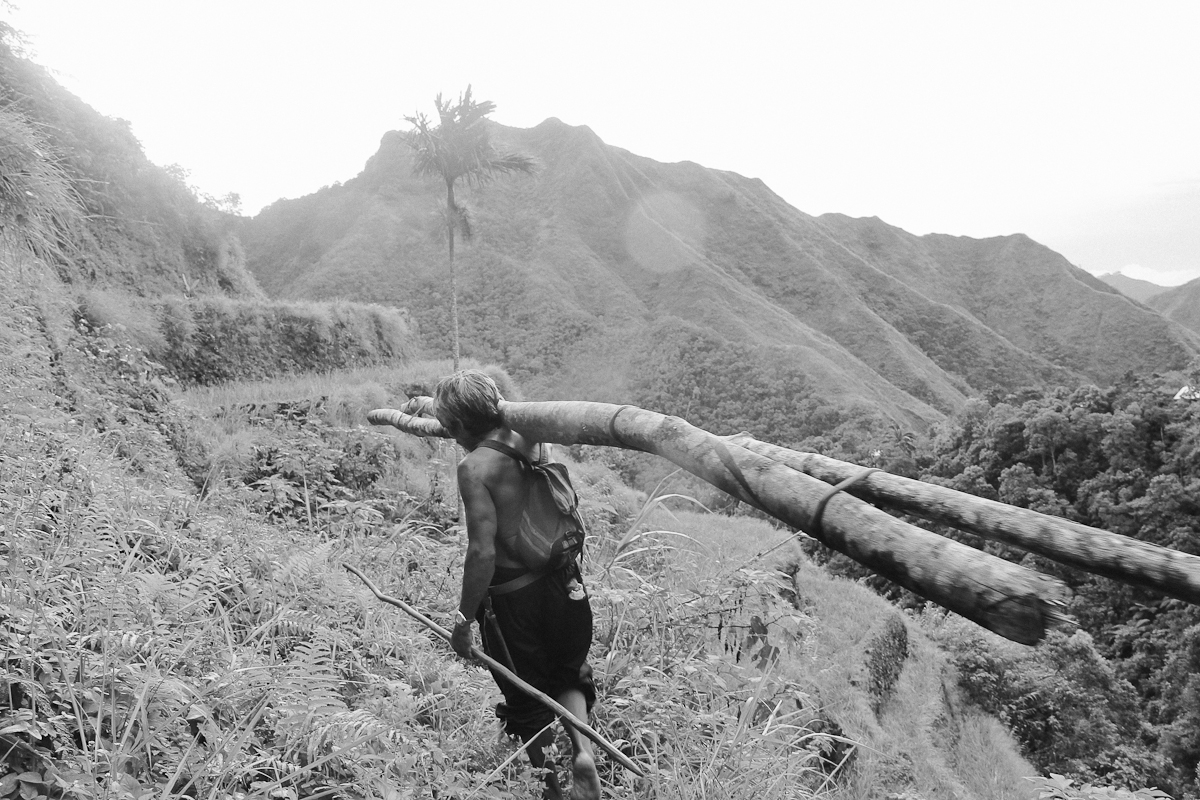Packing to re-visit Aaron’s homeland of Palau, an untouched (and many times, unheard of) gem in the pacific. So excited to visit both of our families together to announce our engagement before heading back to the U.S.! Might be out of radar for the next couple weeks..but for now, a little tropical inspiration for you <3
Category Archives: Philippines
Worldy Beats
Every place we’ve been, we’ve made it our intention to listen locals perform their music. My ears fluttered to Cambodia’s music as I listened to an incredible songbird belt out traditional Khmer tunes. Danced to a reggae version of Thai music from a band in Chiang Mai, and their band name was “ChiangMaica” hahah get it? =P Now we’re in India, where their music has such a spiritual soul and traditional beats and I’m gravitated into this beautiful vortex of music and it has become the soundtrack of life lately. Hope you enjoy <3
*Photo above is a Thai man and his didgeridoo
Foodscapes
National Geographic “Your Shot” community is such a visual discovery through the lens of everyday photographers, travelers, and spontaneous adventurers. They posted a “foodscape” assignment and we immediately thought about my uncle Jong whom we recently visited during our stay in the Philippines. He’s quite a man of the wild, knows how to fix anything, build anything, catch anything, and cook everything. We have a little family compound by the ocean off of the island Mindoro. Below is his photo captured by Aaron as he cooks what he’s caught for us over an open fire. Below this photo are the top photos from the NCS foodscape assignment. Aren’t they incredible?! So many stories these photos have captured. They open our eyes to wonder, and evoke a sense of adventure.
Early morning markets, Hoi An, Vietnam
Kolkata India
This was taken in a small village in southeast of china called Lishui.People are busy gathering and picking the pumpkin to the market.
These are two sea gypsies that are cooking the catch of the day.
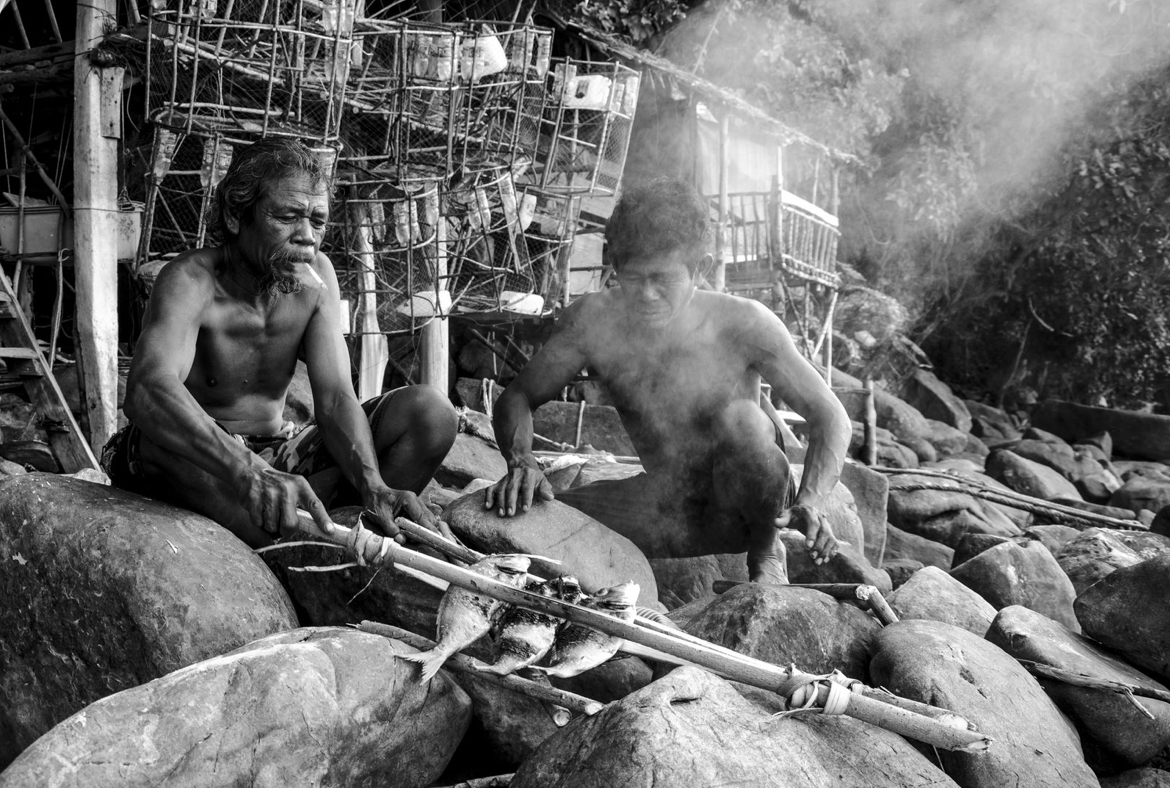
Iranian villager woman carries the tray of fruits and traditional nuts at the yard of her house during Chaharshanbe Souri.
Click on images for photographer profiles and while you’re at it, check out their amazing shots!
Wakeskating the Eighth Wonder of the World
This past Saturday we found ourselves people watching at a bar in Bangkok when this video came on. Just had to share it’s radness with you! Our trip to Banaue Philippines remain to be one of our most favorite visit. The rice terraces of Banaue is dubbed the eighth wonder of the world, yet it still doesn’t bring in as much tourism as other parts of Southeast Asia. Spending some time in Thailand, I was happy to see amount of tourism they bring in, and amazed to see how well it helps their economy. I realized that there are far more tourists walking this street of bars, than there is to trek the mountain regions of Banaue. I always wished for more tourism in the Philippines to help fuel their economy, but I also love the fact that the lack there of in certain spots allow it to have the sense of being “untouched”, less western influence and a more rooted connection with their past. Spend a few days here and you are overcome with surrealism. Aside from the western clothing which started in the 80’s and the trails created for jeepneys to carve around the mountainsides, you realize not much have changed over the past thousands of years.
A Tattoo for the Journey
Quiapo, Philippines
Bunnies for sale, and I even saw baby chicks whose hair was died in colors of the rainbow for sale!
A smell you will have to get used to, but their quite good! Especially when dipped in vinegar.
My knock off Ray Bans from Quiapo!
A very busy busy market in manila, but lucky for us it’s just 2 train stops away from us. I’m quite a digger, so this was my paradise. An open market filled with everything from dried fish, to wholesale beads to knock off Louis Vuittons and Ray Bans! We came on the hunt for new lenses for our Canon. We heard Hidalgo street in Quiapo was known for their rock bottom prices. That some people even fly into the Philippines to score camera equipment on the cheap. It’s the Philippines, so if you’re used to spending U.S. dollars- everything is cheap here. Hidalgo was filled with new and used camera shops, but for the lens we were looking for, it still about the same as the prices we saw online. So in short, I only walked away with a pair of knock of Ray-bans. Don’t judge me, they were only 50P, about 1$!
What to expect:
Very busy market, especially on the weekends. Hang tight to your purse, or better yet don’t bring one at all. Try your best to blend in, and walk fast. I’ve heard too many “snatch” stories about Quiapo. Like most markets you can haggle for a lower price. I usually don’t when I feel it’s fair, it’s hard for them to make a living. A few pesos will mean more to them than it does to me saving a buck or two. You can take a jeepney (usually bet 8-10 pesos) just look for one with Quiapo painted on the side of their jeep. You can also take a bus or LRT and stop at Carriedo station. LRT will cost you about 12-15 pesos. Also, step inside the beautiful Quiapo Catholic church. Locals say Manny Pacquiao attends church here.
Banaue, Infugao Philippines
The bumpy ride on top of a jeepney on our way to Banaue from Batad.
The jeep , per usual was over-packed inside and on top. Bouncing through mountainside potholes, clinging on the the crates I was sitting on, the jeep ended up with a flat tire. Which sent us on a fut trek on foot through the village outside of Banaue.
The people of Infugao were quite skilled at their craft of weaving and woodcarving!
The houses built on mountainsides in Banaue
Lots of yummy street food!
Fresh dried tobacco!
The view from People’s Lodge Restaurant
The vegetable dishes from Greenview lodge restaurant were so fresh and full of flavor. Must stop in here if you can!
Banaue is the main city surrounded by smaller villages. Here you will find a few restaurants, a tourism center, and a strip with shops selling anything from produce, to handmade goods from the locals. Here you will find more of your western accommodations such as hotels with wifi, coffee shops, and even showers! For 20 pesos you can take a cold shower in the Greenview lodge, I think hot showers are a bit more.
How to get to Banaue from Manila:
We rode the Ohayami Transit which has many buses going from Manila to Banaue. Most leave at night since it’s a 10 hour bus ride. A good time since you experience less traffic, and by the time you wake up you’re there. Our fare was about 550P or around $10. The bus ride is freeeeezing, bring layers or a blanket. There’s no bathroom on the bus, but it takes pit stops at public restrooms along the way. Food and drinks are allowed on the bus. We brought sake which helped us sleep real well =)
Only downfall is you can’t book tickets online, you to visit one of their stations in person to book a ticket. We visited the one in the Sampaloc location. We found riding a bus was much quicker and easier than the LRT, and Jeepney.
The Village of Batad – Ifugao, Philippines
Once we arrived to Banaue we proceeded to Batad. We heard Batad took the cake for seeing the rice terraces and quite a trekkers paradise. When we arrived at Batad we were greeted by friendly locals asking us to buy soda and schedule massages. We passed on the massages and continued on to Ramon’s Homestay. He had about 4 natives huts (and working on a 5th one) with no running water and electricity. It was definitely more of the experience we were looking for! He showed us the hut he was born in and where his family of 5 lived. (surprising since I though it was just big enough for me and Aaron) The inside was cured with smoke from fires built inside the hut and it was adorned with skulls, including monkey skulls! Rice baskets were stored on the shelf for when rice harvest season came, and candles were lit for light. Ramon’s hospitality was incredible. We ended up running out of pesos and all we had was dollars, he ended up letting us stay another night and told us to just Western Union the money to him. The cooking was amazing, my top favorites were his Adobo and the chicken tinola. This visit also got us hooked on their local coffee, lemongrass tea straight from their garden, and rice wine made by his neighbor. Read more about everyone’s great experience staying with Ramon here on Trip Advisor
The jeepney drove us most of the way up through the windy dirt roads to the saddle point, where we then hiked down a little over an hour to reach the village.
A beautiful little girl from Bangaan with a basket full of rice.
The local kids asking me for money to buy candy. Next time I come I’ll bring some treats (pasalubong) to hand out to the locals.
The locals chewed “moma” which consisted of betel nut, leaves from an ivy that grew on palm trees, limestone paste, and tobacco. (We were pretty familiar with this red spit, which they also chewed in Palau)
Night by candlelight inside our hut
This photo was taken by Ramon inside the hut he was born in. We wore native Ifugao tribal wear which are still weaved to this day by the women in the village. We met a lady named Christina who’s mother spends her days weaving these garments. They had such beautiful handiwork from blankets to clothing, but we ended up with a belt and headpiece instead, much lighter to pack!
This was Ramon– Please meet him if you can! Whether you’re staying here or just passing through!
This was a local named Ubert, he also got drunk and tried to kiss me while Aaron was taking a photo of the two of us– haha!
In my hiking boots and walking stick, I still had to be very cautious with my footing along the rice terraces’ narrow ledges. The locals have got it down, just skipping along with heavy cargo (bamboo) and barefooted!
What to expect from Banaue to Batad:
From Banaue to Batad was about a 45 minute jeep ride. Try to find other passengers and tourists to share a jeep with, that way you can split the cost of 2,000 pesos. (We didn’t find anyone and ended up talking the driver down to 1,000P) They also offer tricycle rides up to Batad- but many parts of the road required a 4-wheel jeep specially during the rainy season. The walk from the junction took about an hour depending on your pace. We walked slowly, took lots of pictures, and wandered around. There were guides up at the top offering to guide you for about 800-1200 pesos. We were able to find it without a guide by just following the trail, but hiring a guide really helps the community since its one of their main sources of income. Lots and lots of stairs, mainly all downhill on your way to Batad. If you prefer not to walk the stairs, there’s also an option to take the “long way” which wasn’t much longer.
Once in Batad:
Once you arrive in Batad you will be required to sign in and pay a cultural fee. Here you will be greeted by locals for hire as guides and masseuses. Hikes around Batad was incredible. Many of it is through rice terraces, some ledges felt like a balancing act with a narrow 10 inch leeway into a steep fall. Hiking to the waterfall required passing through the main village and many many more stairs up and down to a massively strong waterfall between the valleys. A bit chilly but refreshing after a hike. After we came back the locals didn’t hold back telling us death stories of those who lost to the waterfall. Apparently, swimming right under a waterfall has a strong undercurrent that only strong swimmers can get out of.
What to expect from the people:
Very friendly, and don’t really like to get their pictures taken. Just as common courtesy be sure to ask first, many times they will agree if you give them some pesos. The photo above with Aaron and the older short man, he asked for some money in order to buy his tobacco in trade for a photo! haha They all seem to speak English very very well. Everyone I met was trilingual, speaking their native language Ilocano (spelled ILOKANO in Philippines), Tagalog, and English.
Leaving Batad:
We always had to be aware of time before we left for hikes because it gets dark around 6 or 7 and we didn’t want to have to maneuver on narrow ledges in the dark. On our way back to Banaue we decided to go through Bangaan. There a jeep picked us up around 9:00 am. Jeeps don’t run as often in the slow season so be sure to find out the times they stop at each point. We actually hired a guide for this trek named Eric, the nephew of Ramon who we were staying with, and I’m kind of glad we did. Trails weren’t clearly marked, no signs, and lots of maneuvering through rice terraces.We got a late start in the morning so were were rushing through back trails to make it to the bus stop. It took about a 2-3 hour hike and caught it just in time. The jeep was packed and we rode on top–it was quite an adventurous ride. Ride on the top of the jeepney if you can, miraculous views the whole way. The jeep was so heavy and hit so many potholes that the jeep actually ended up with a flat tire which sent me and Aaron trekking the rest of the was to Batad on foot.
